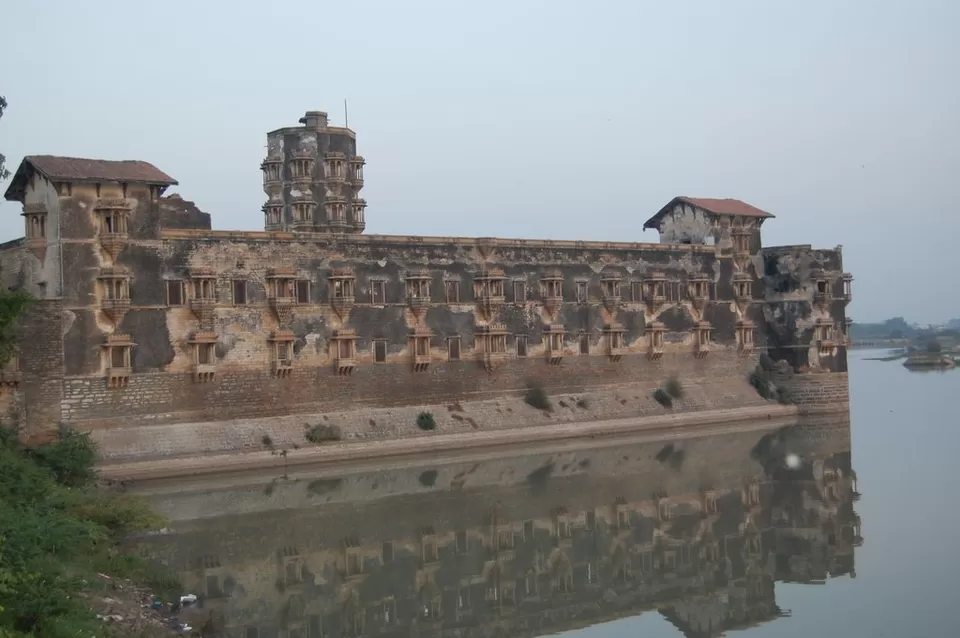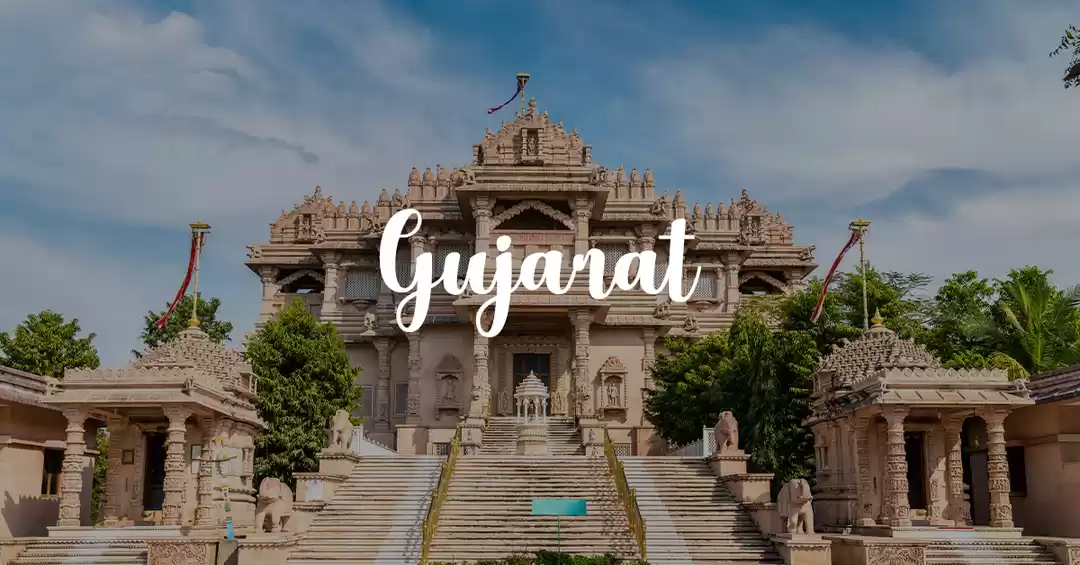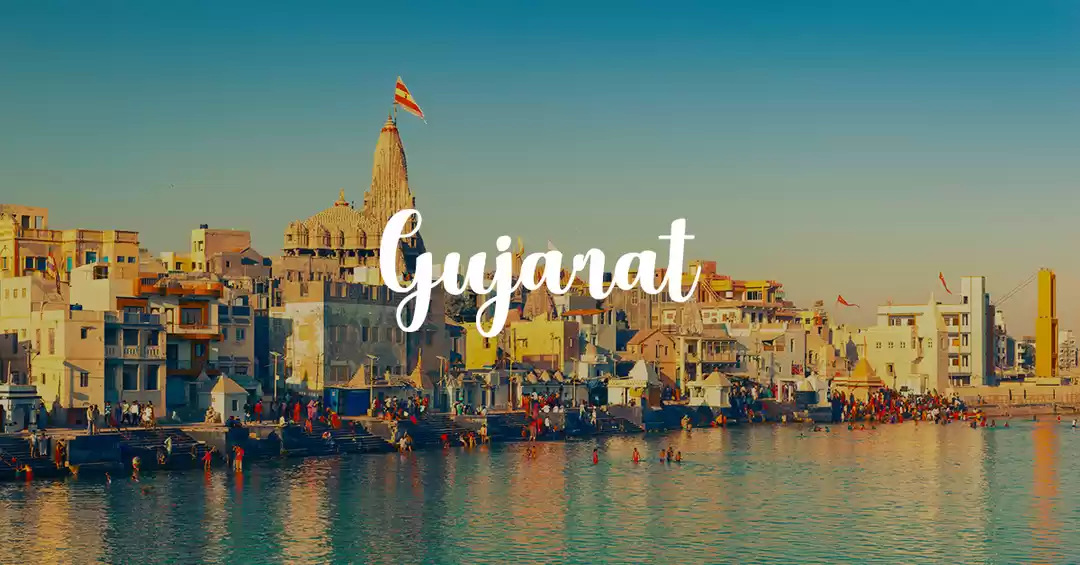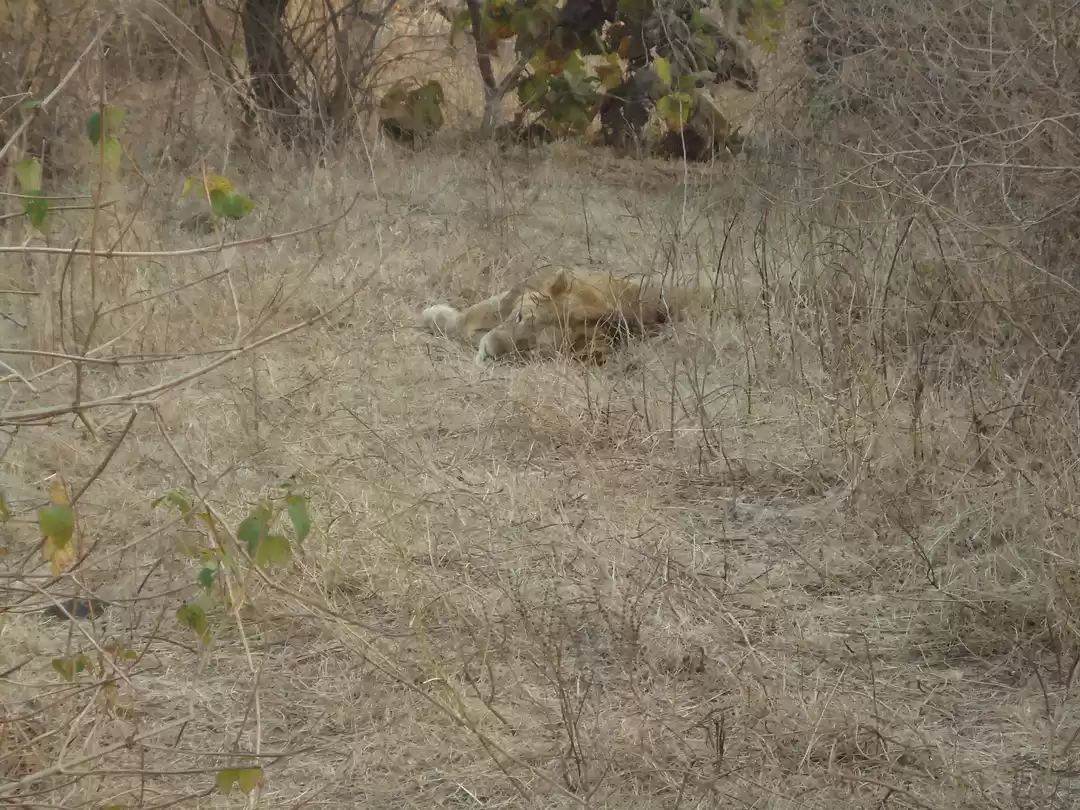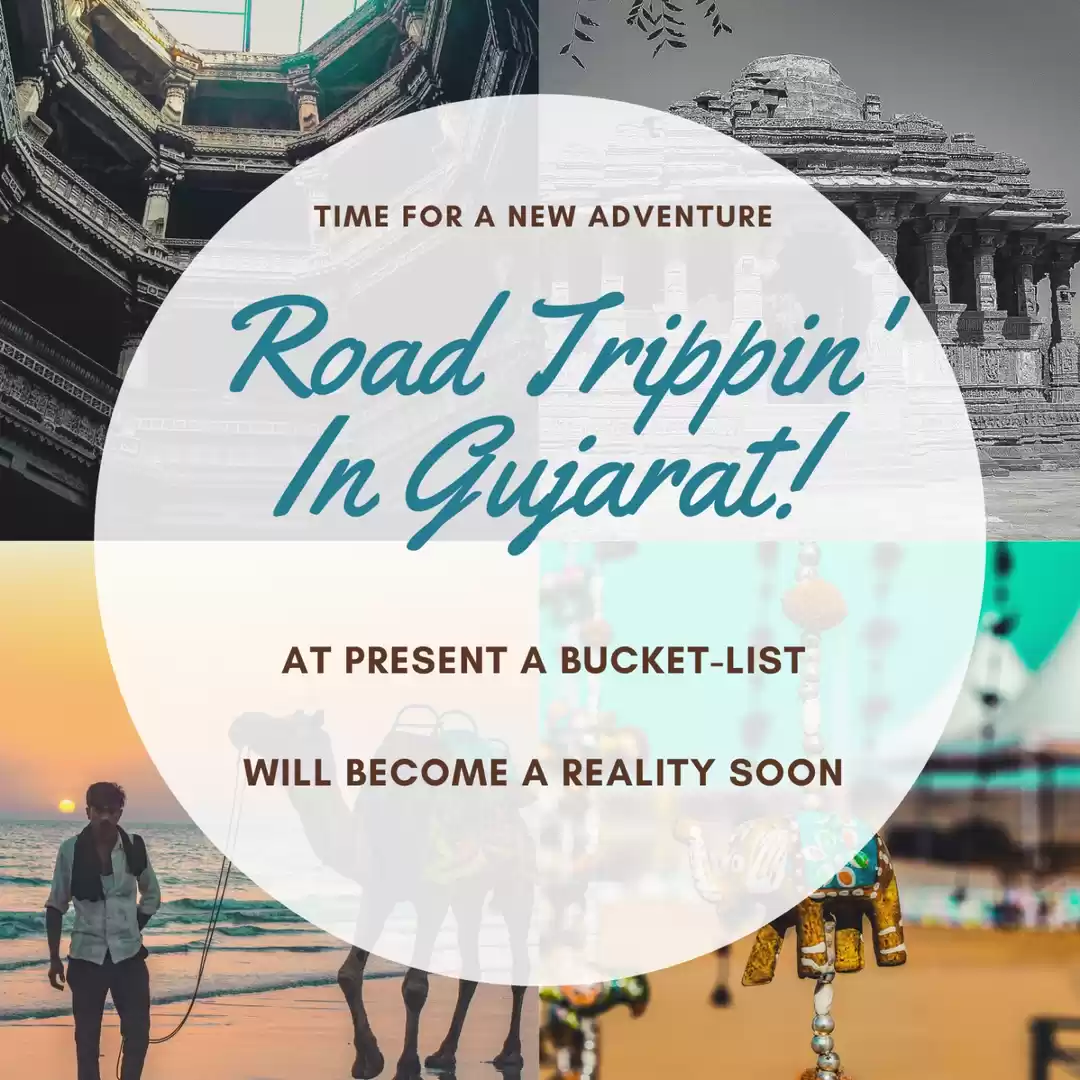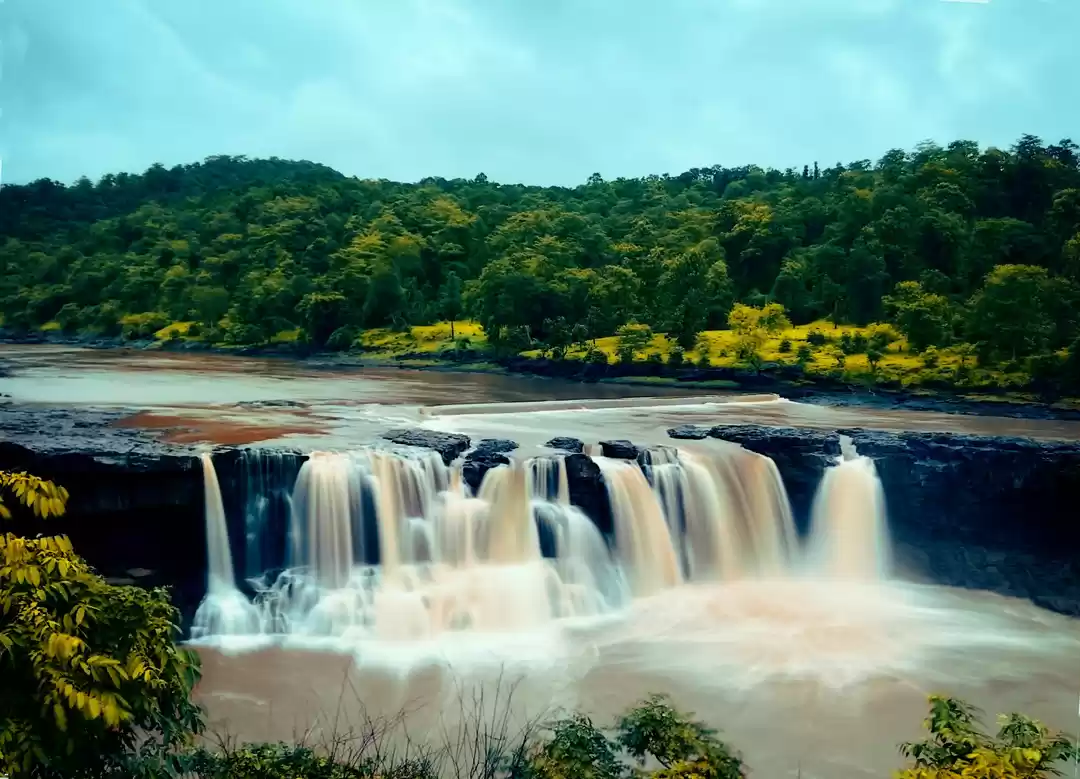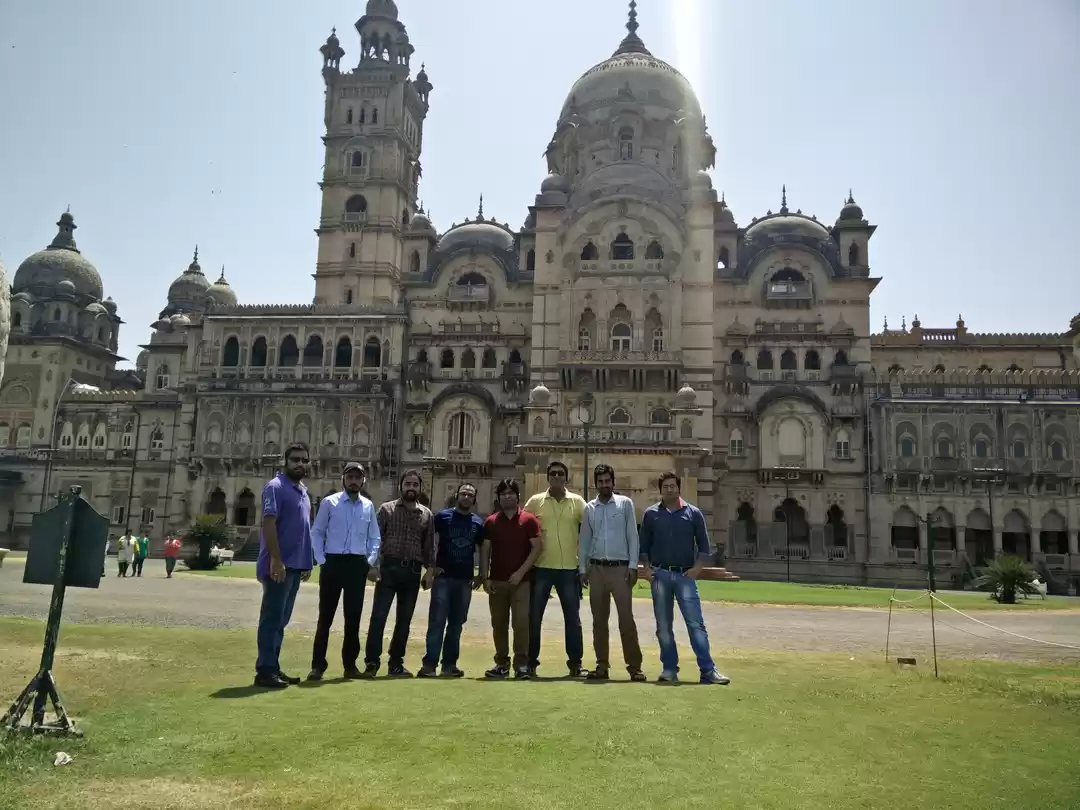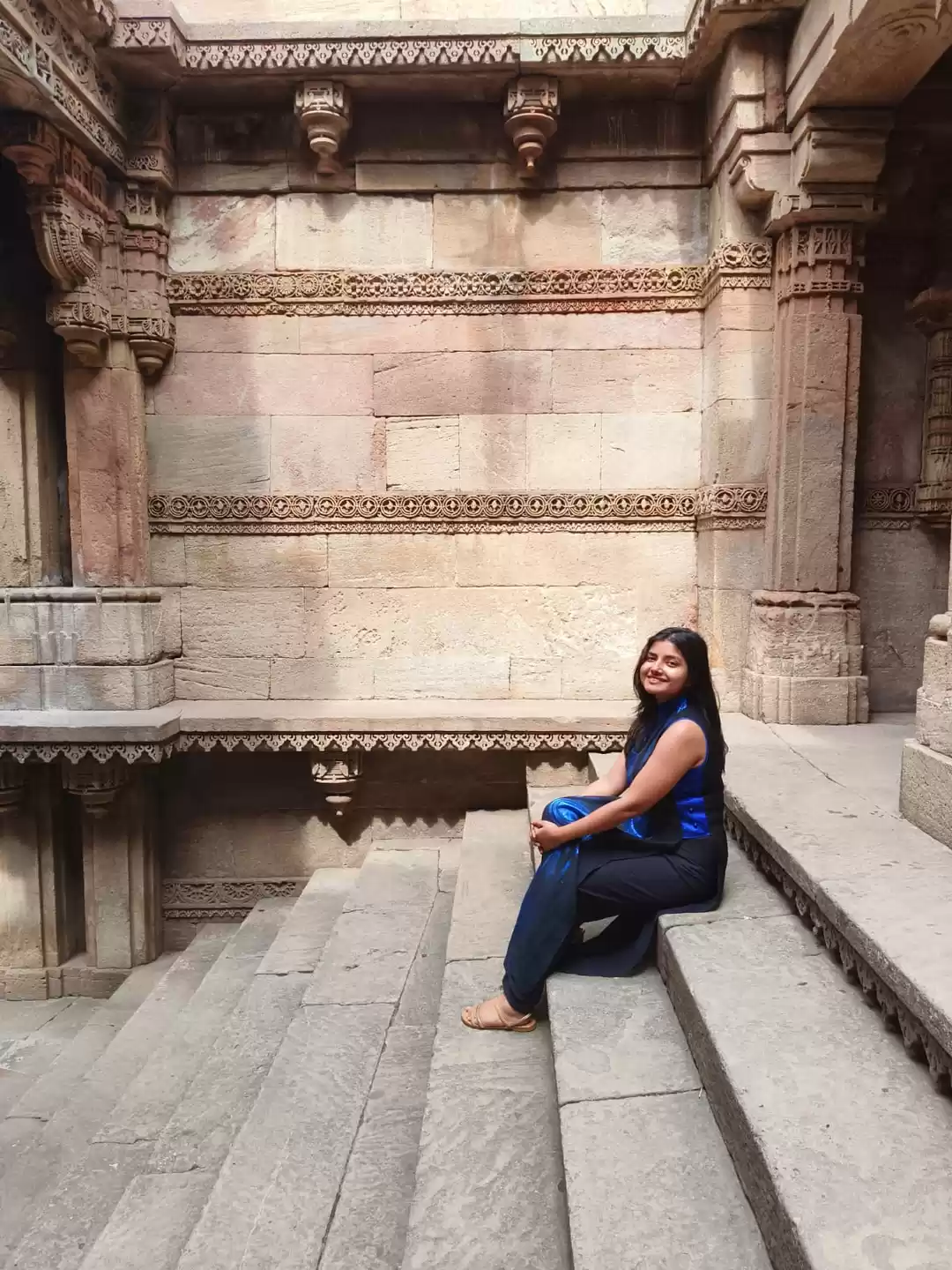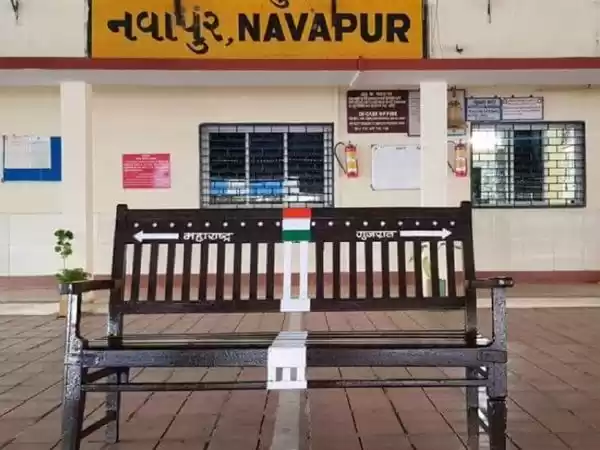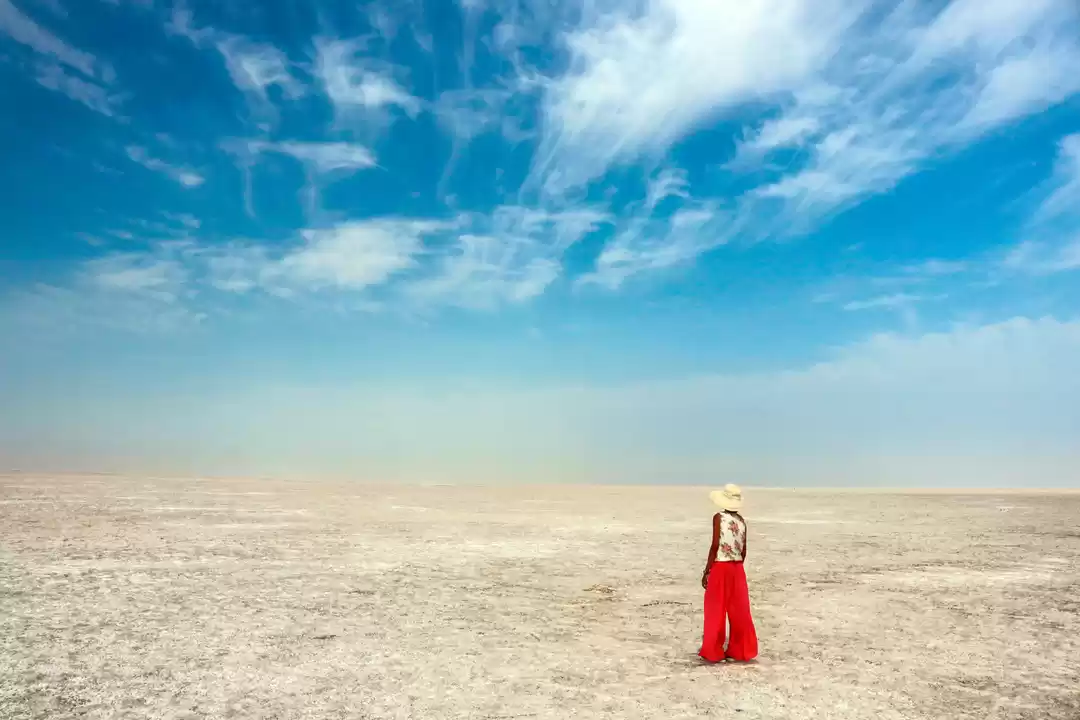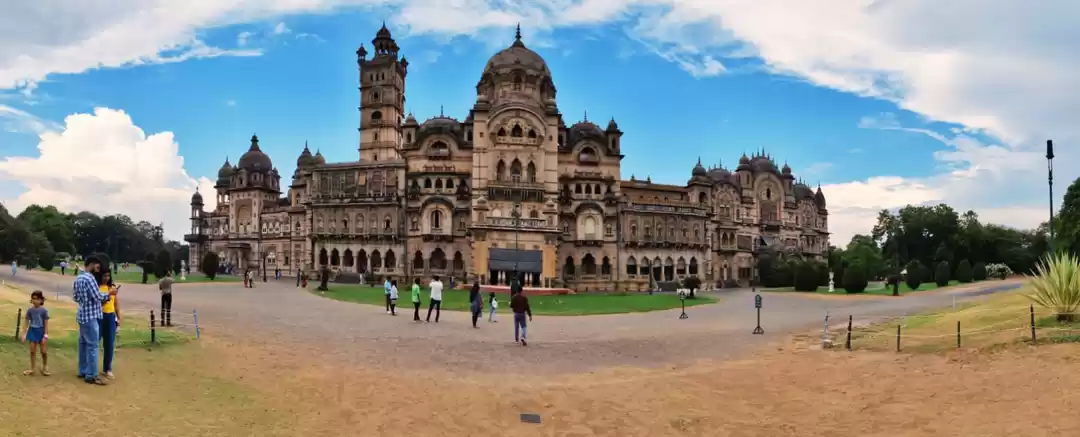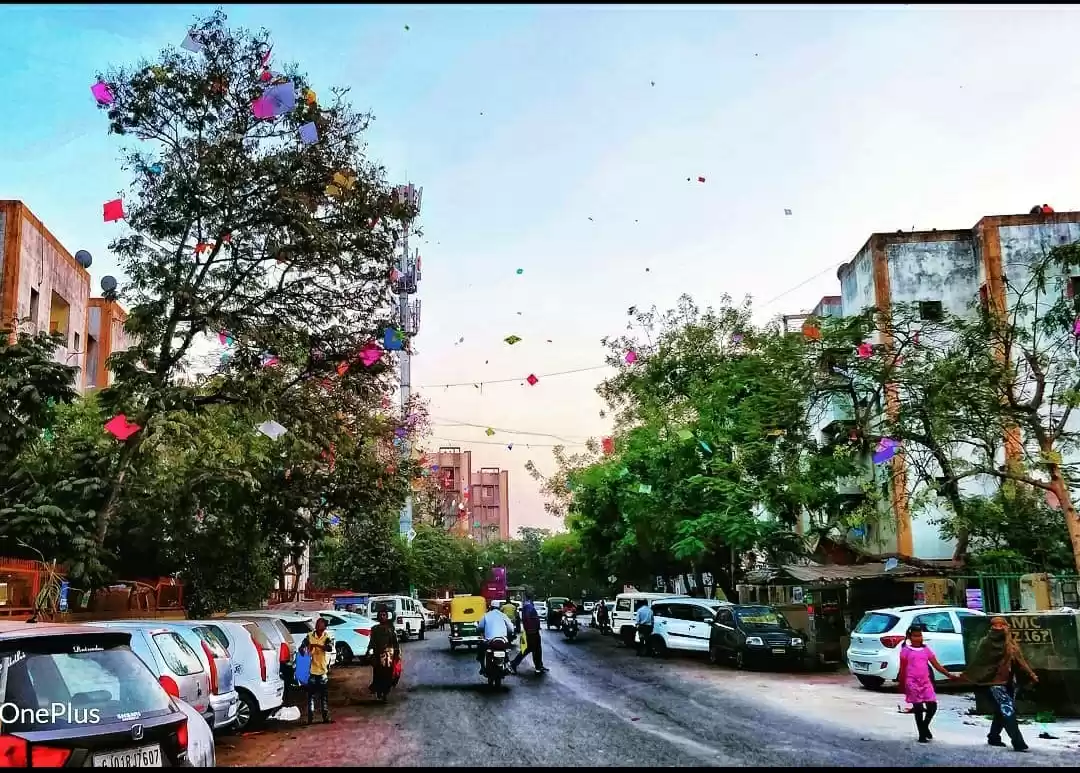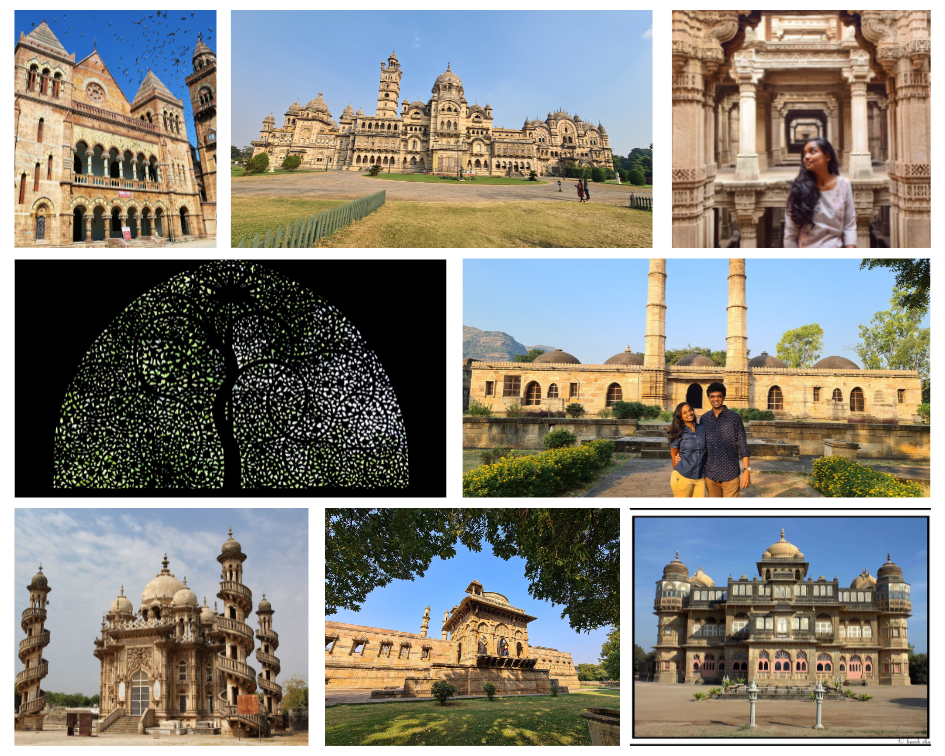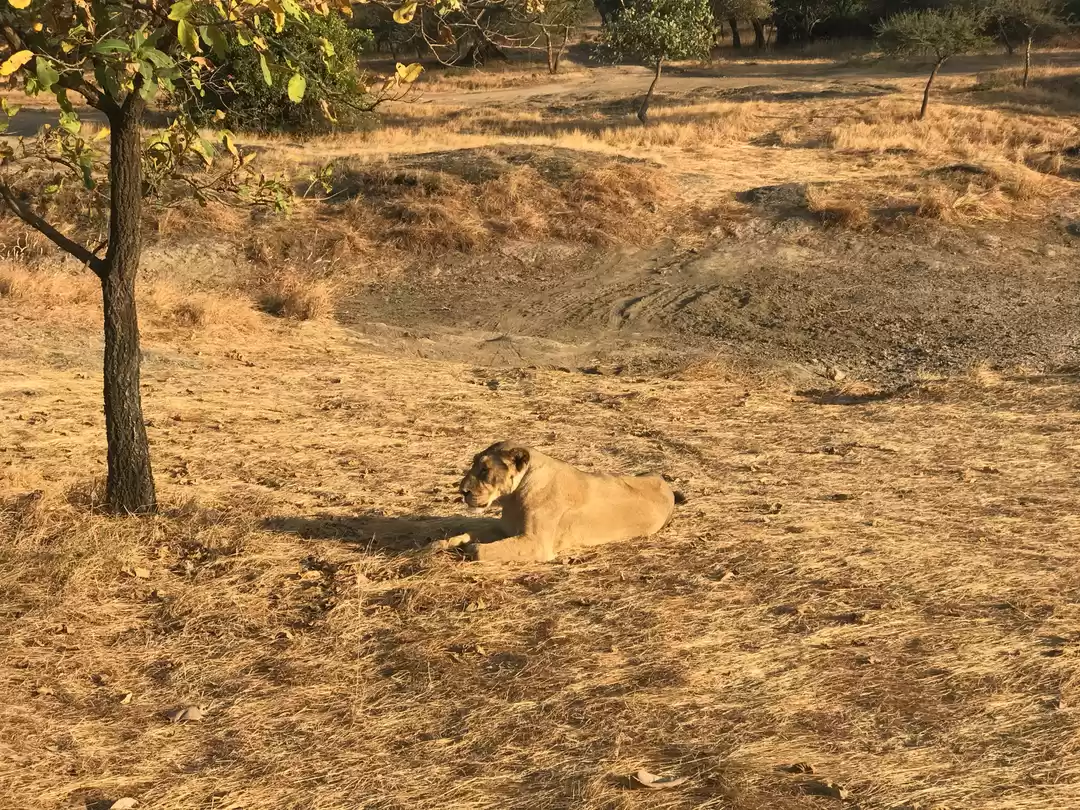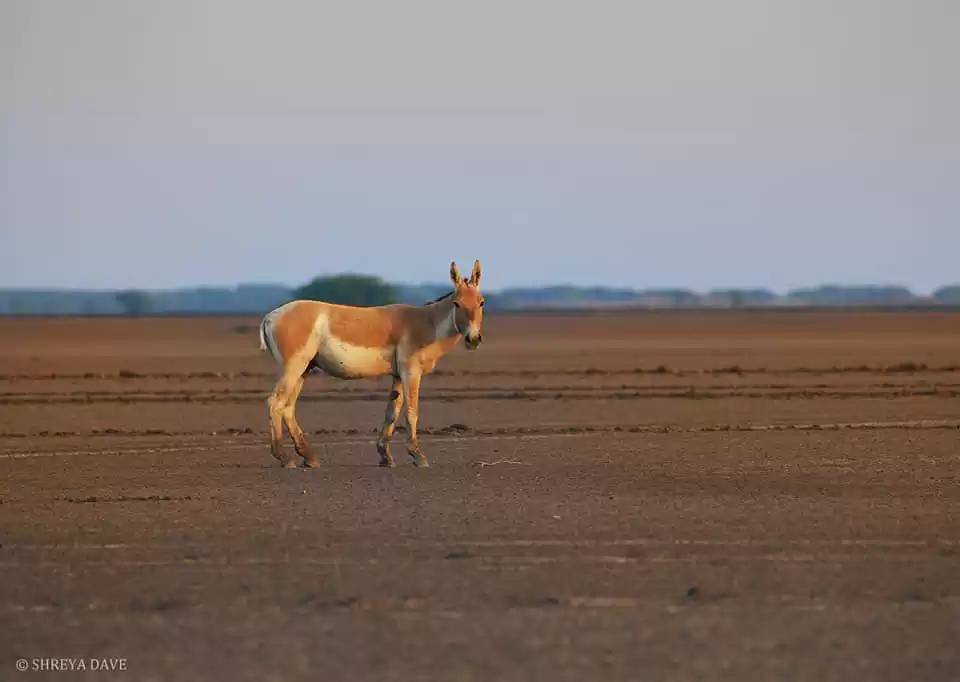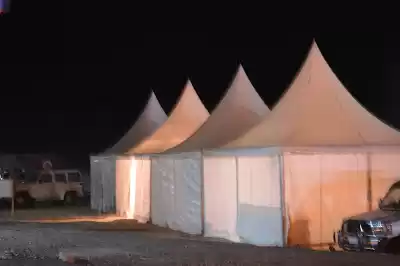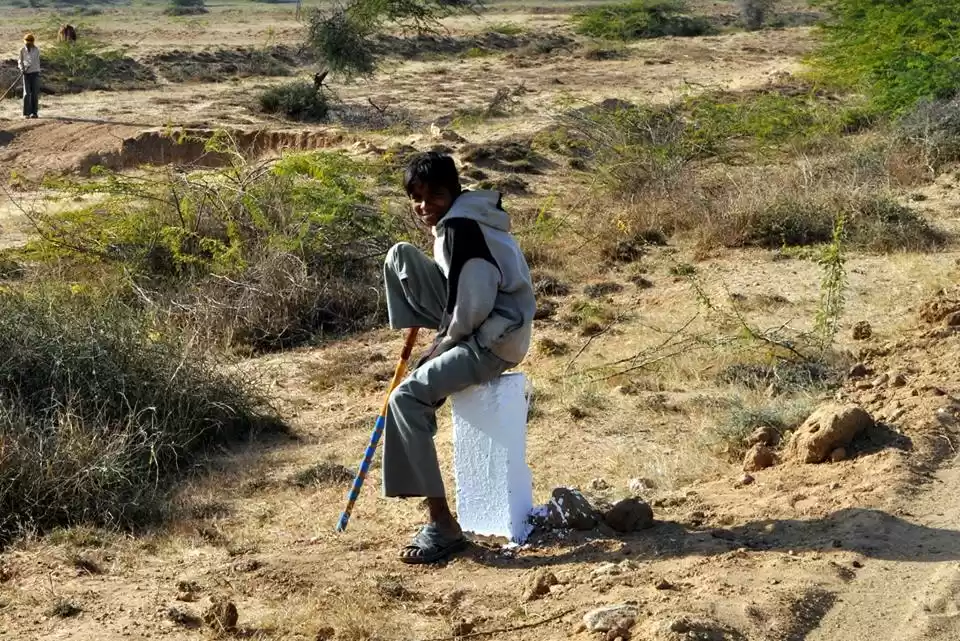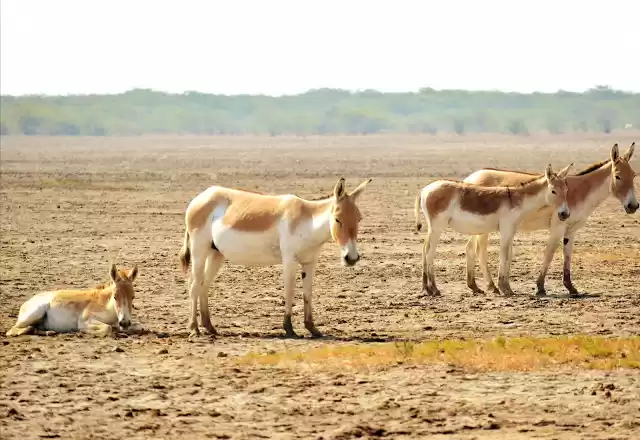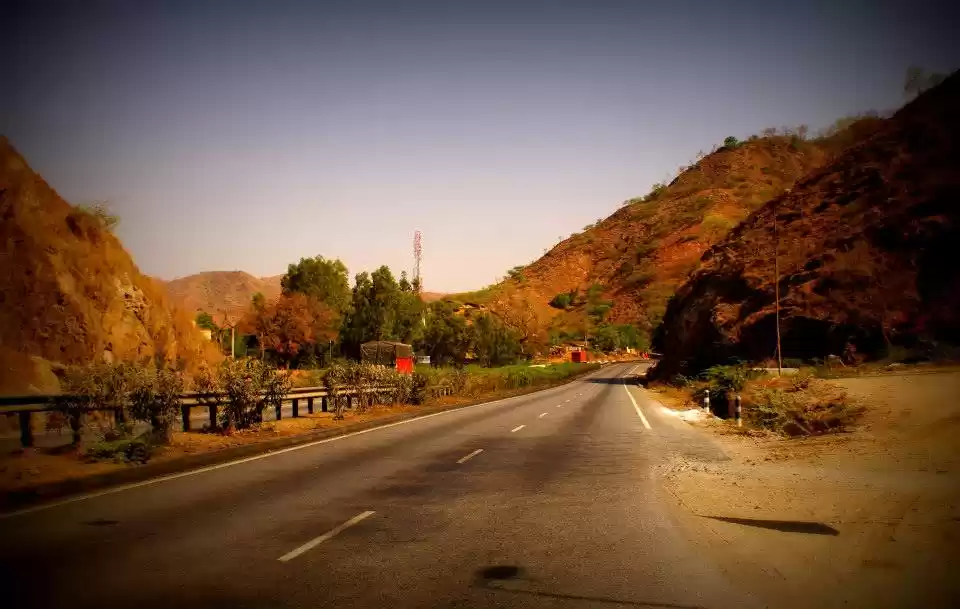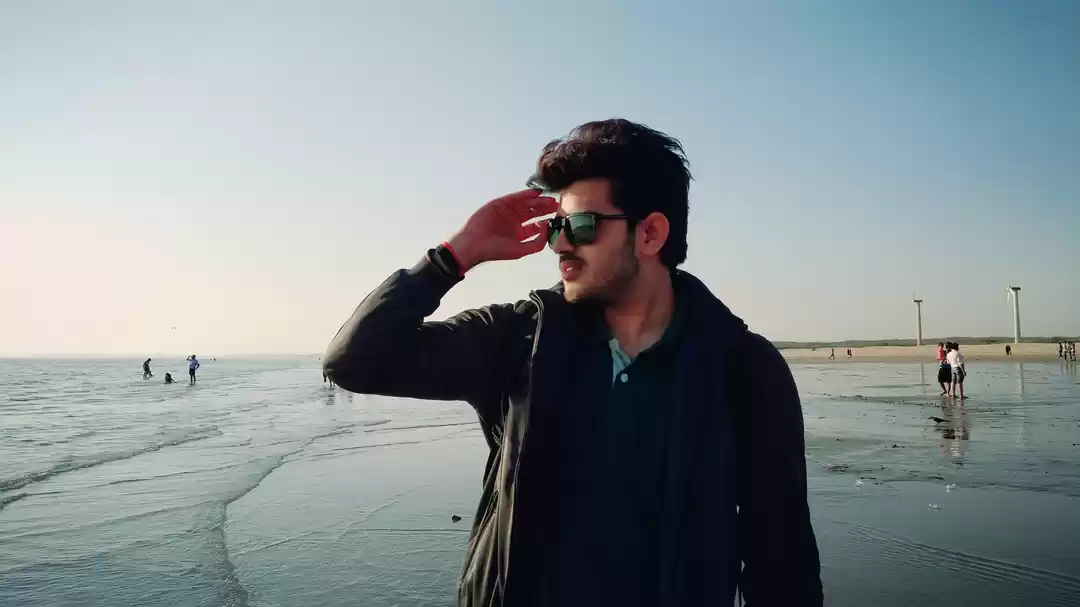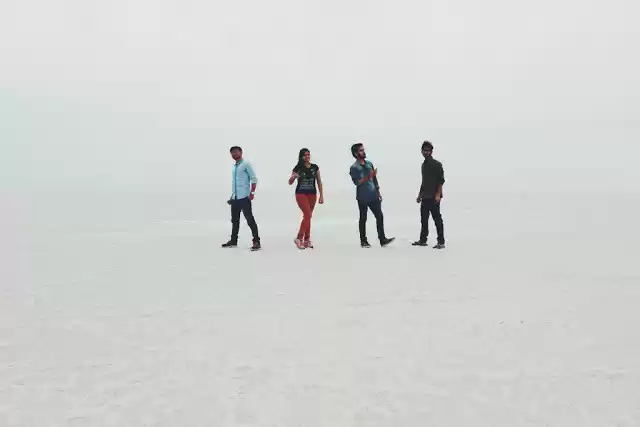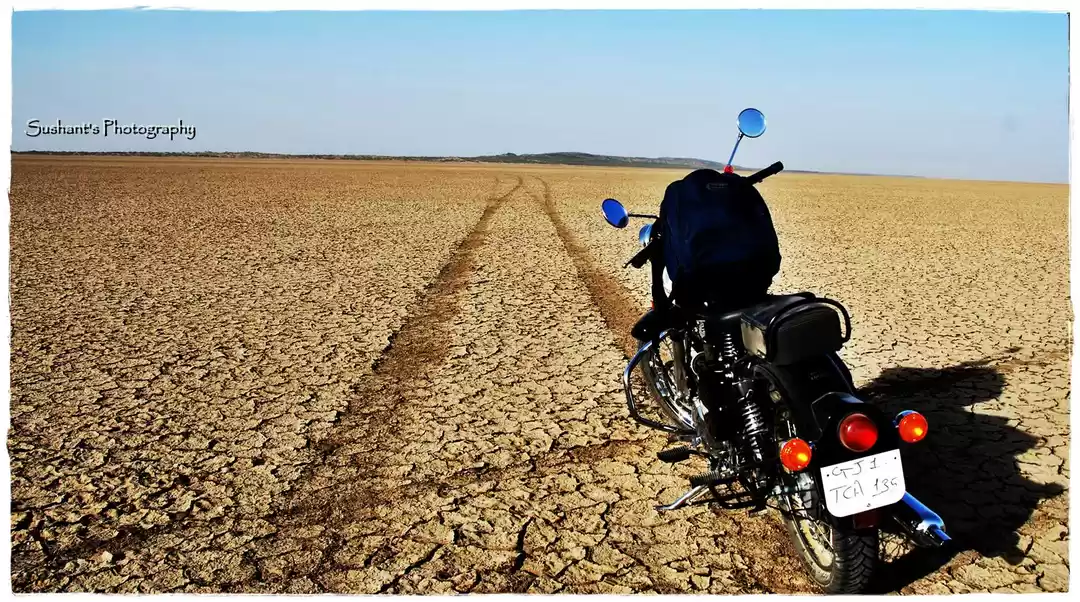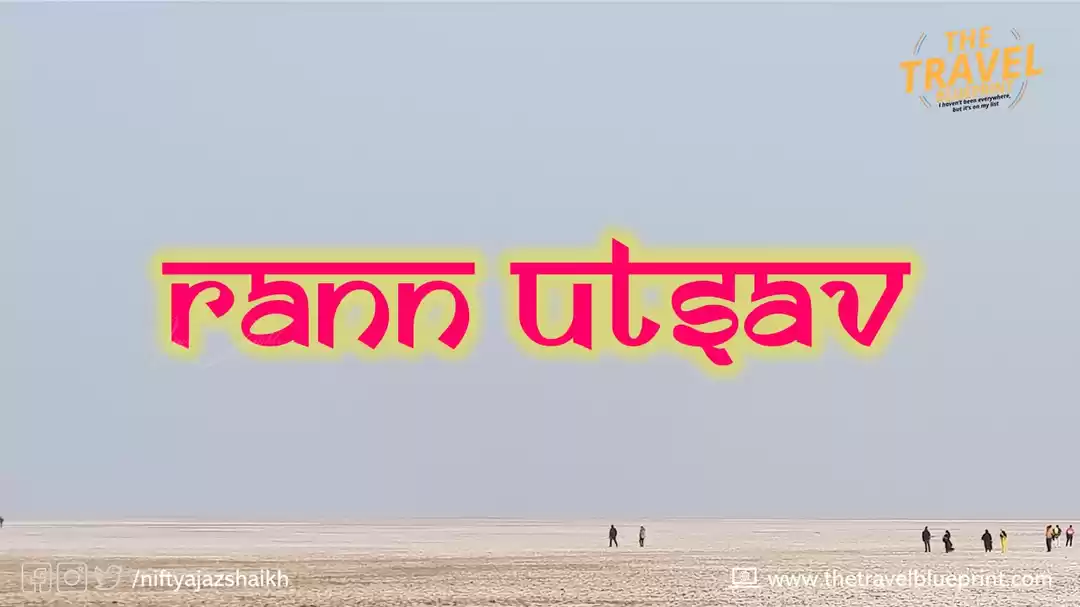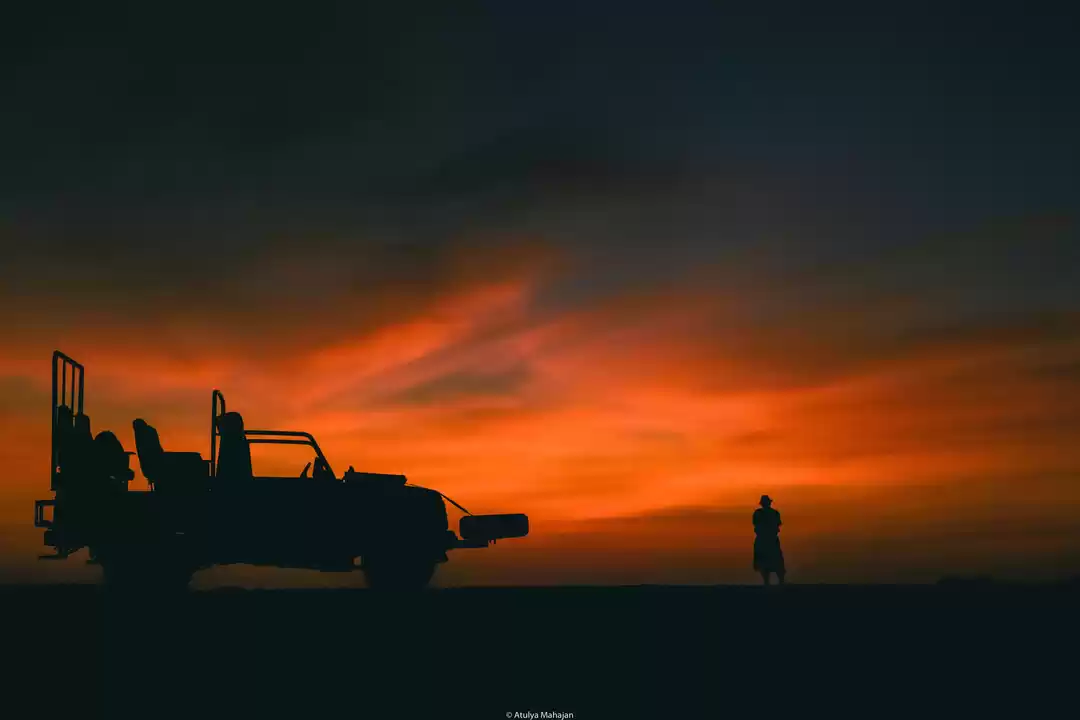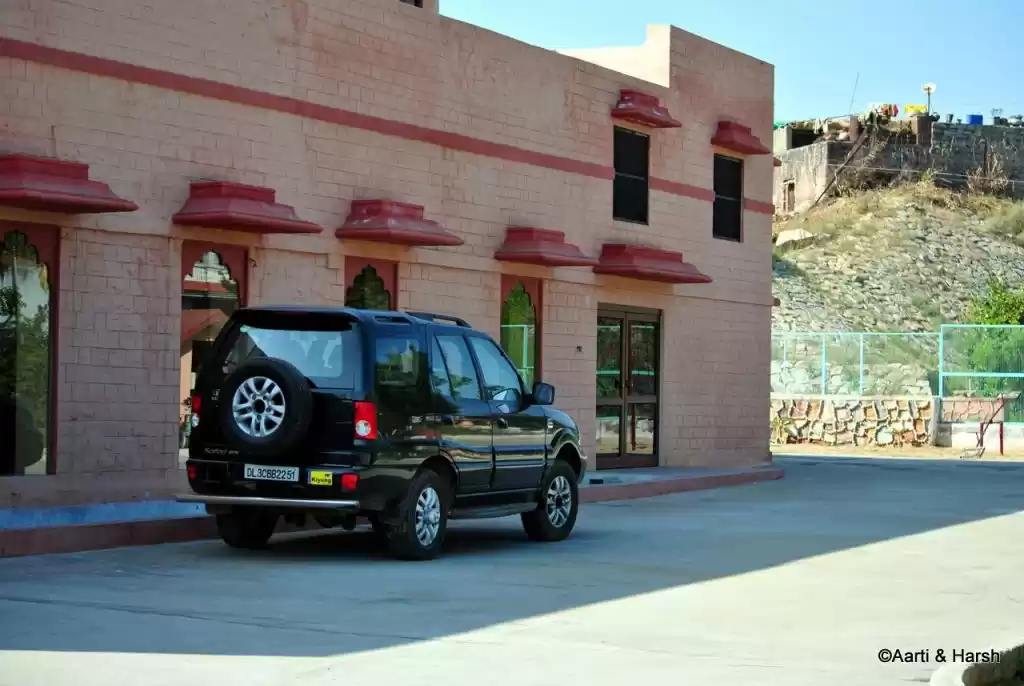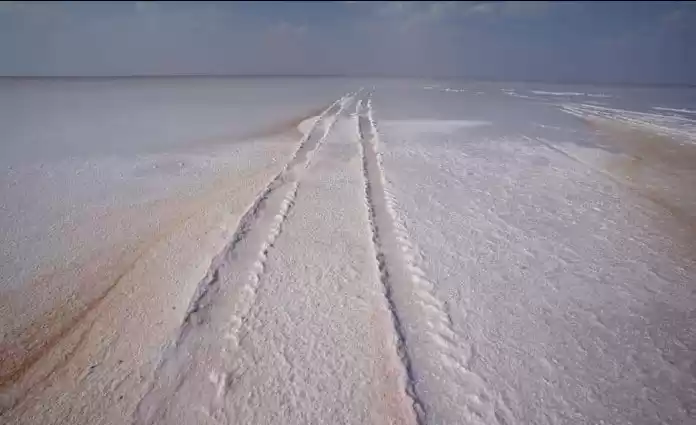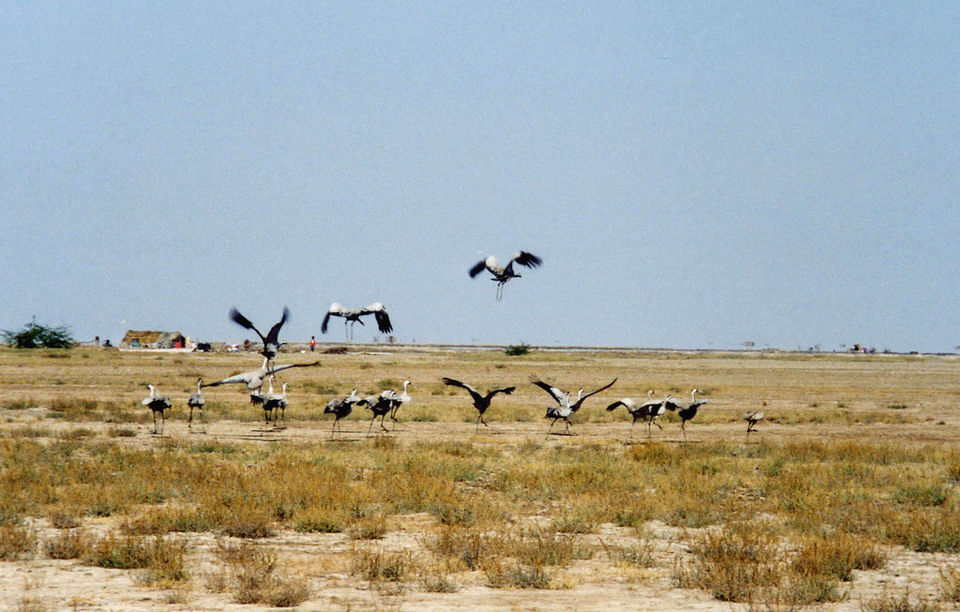
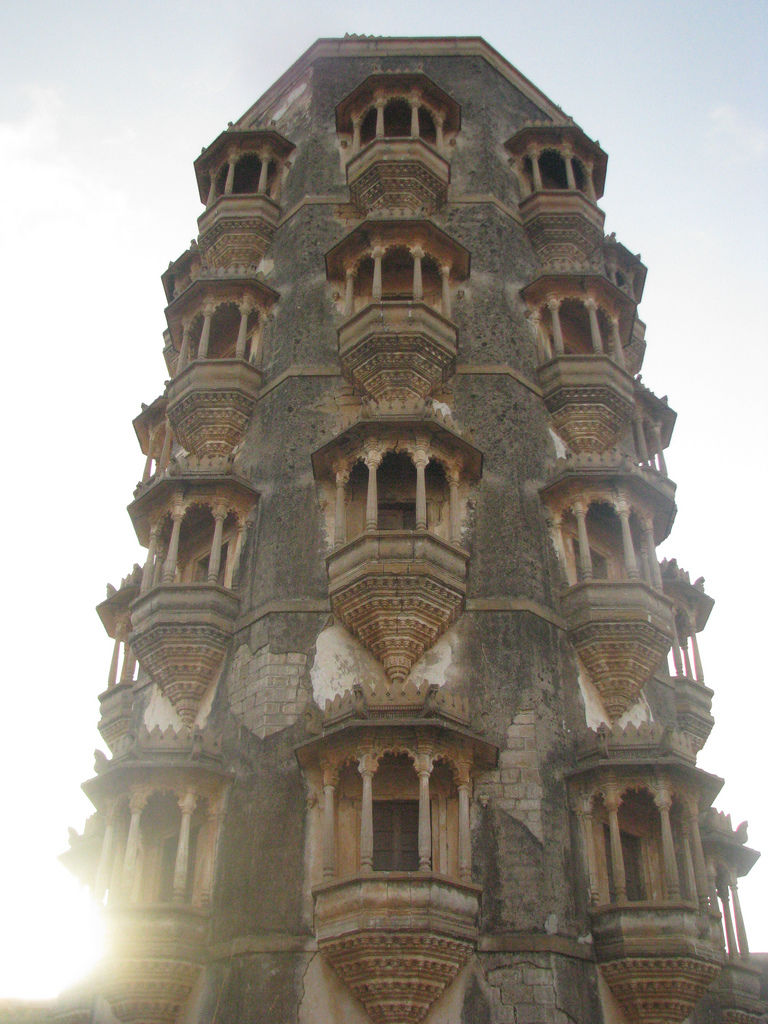
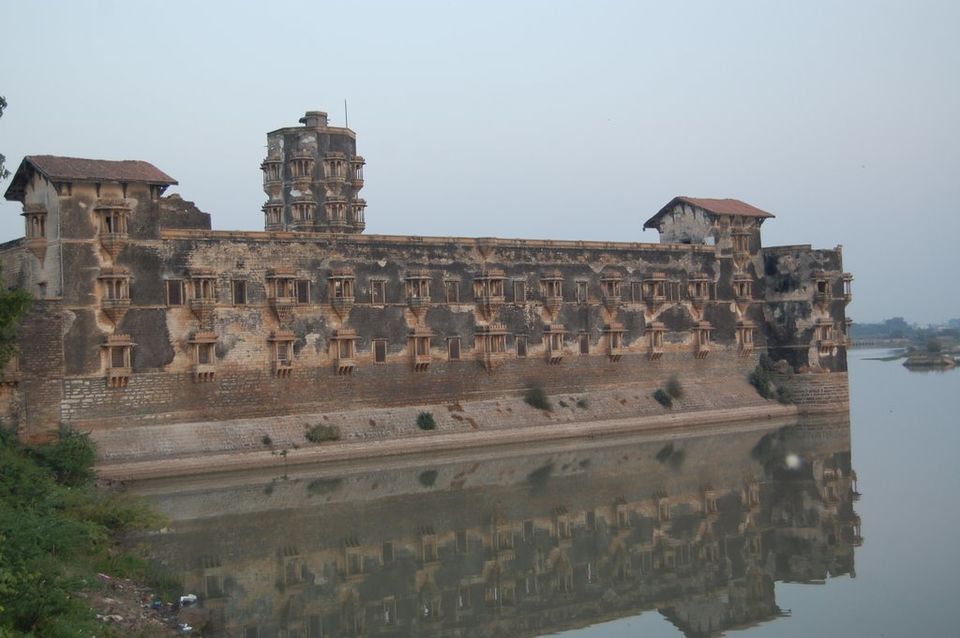
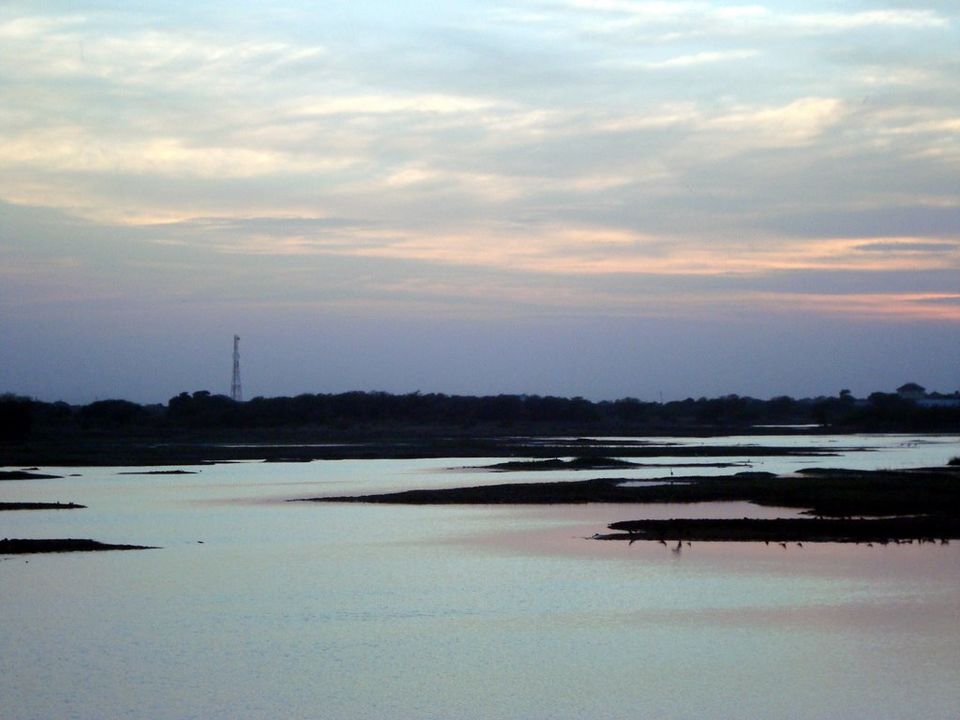
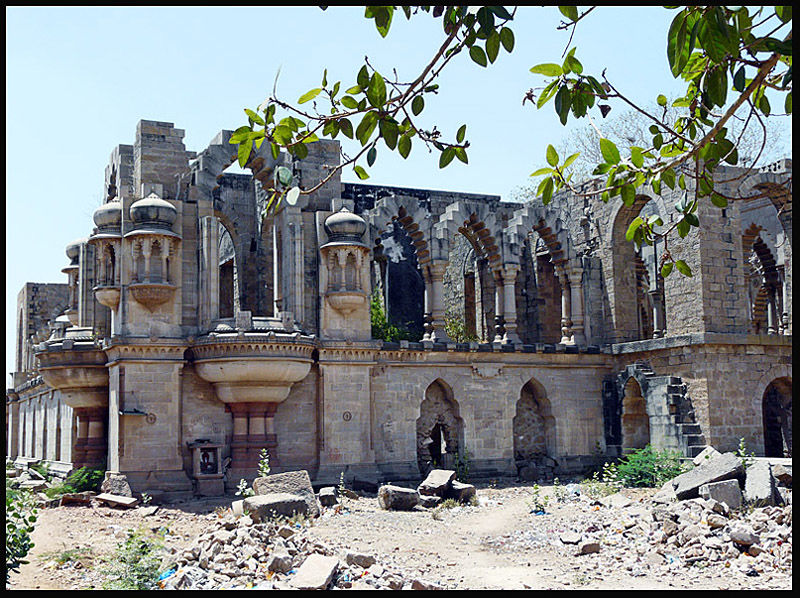


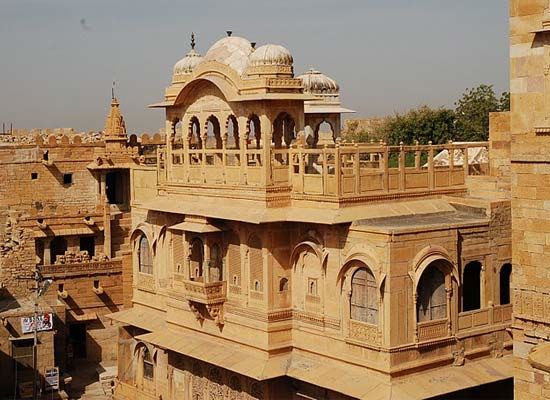
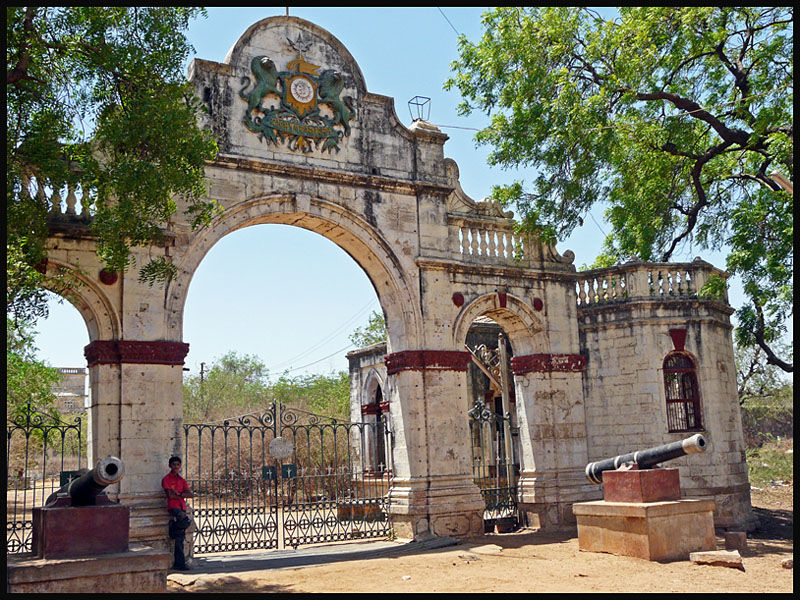
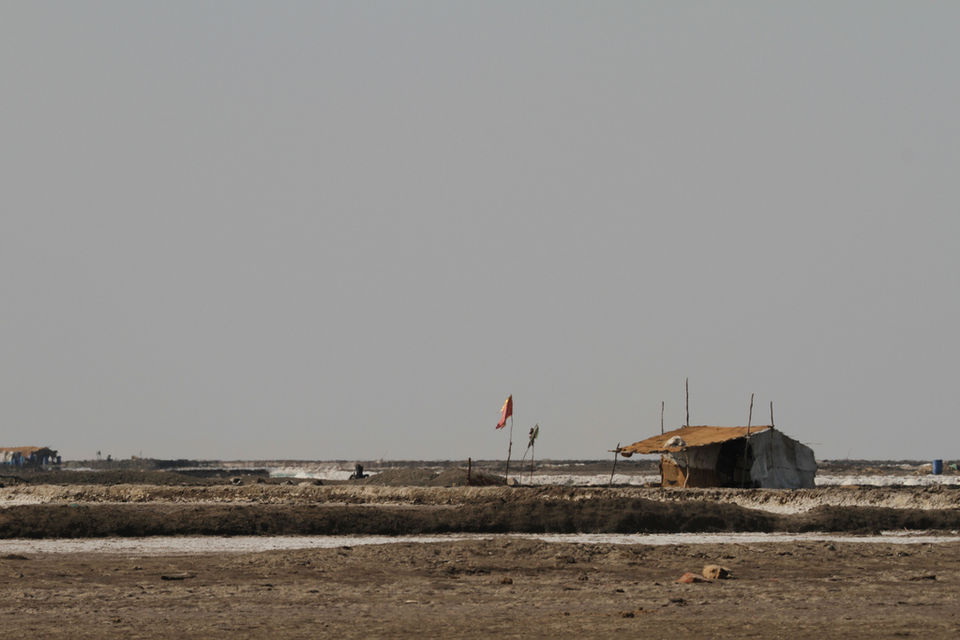
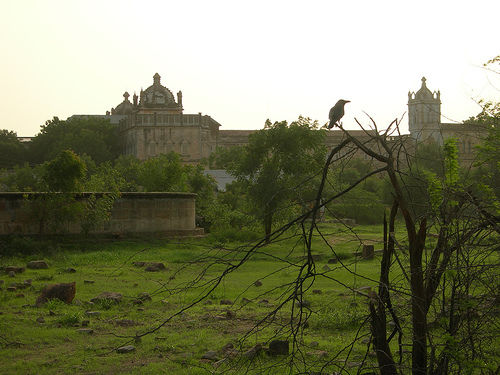
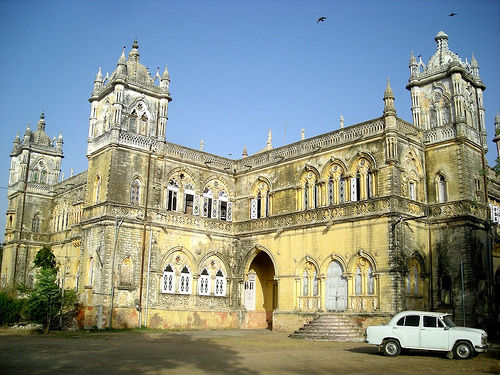
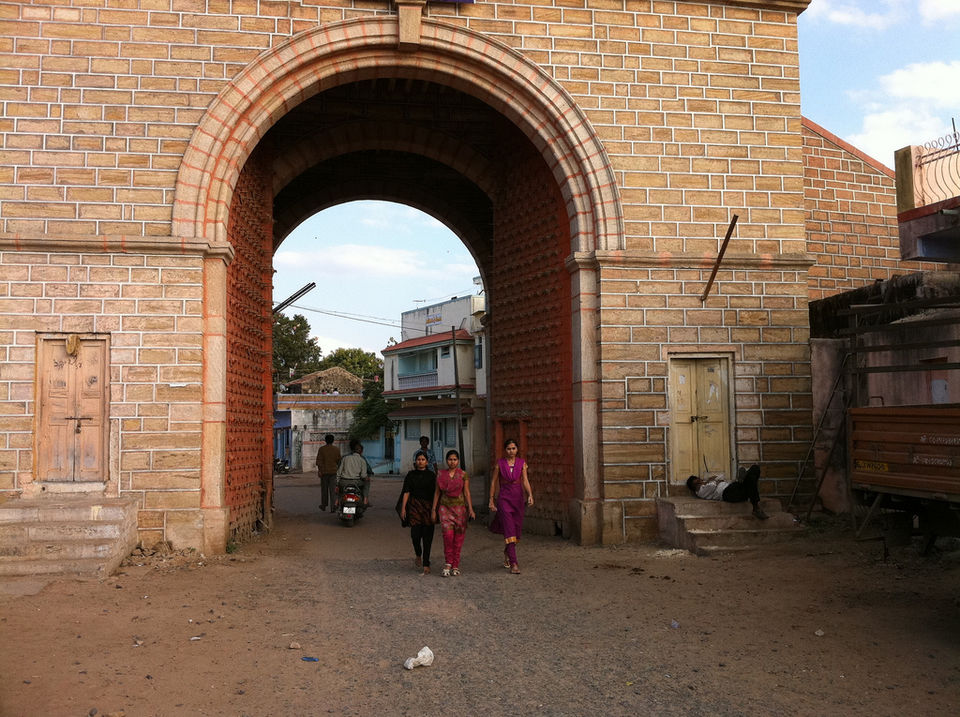
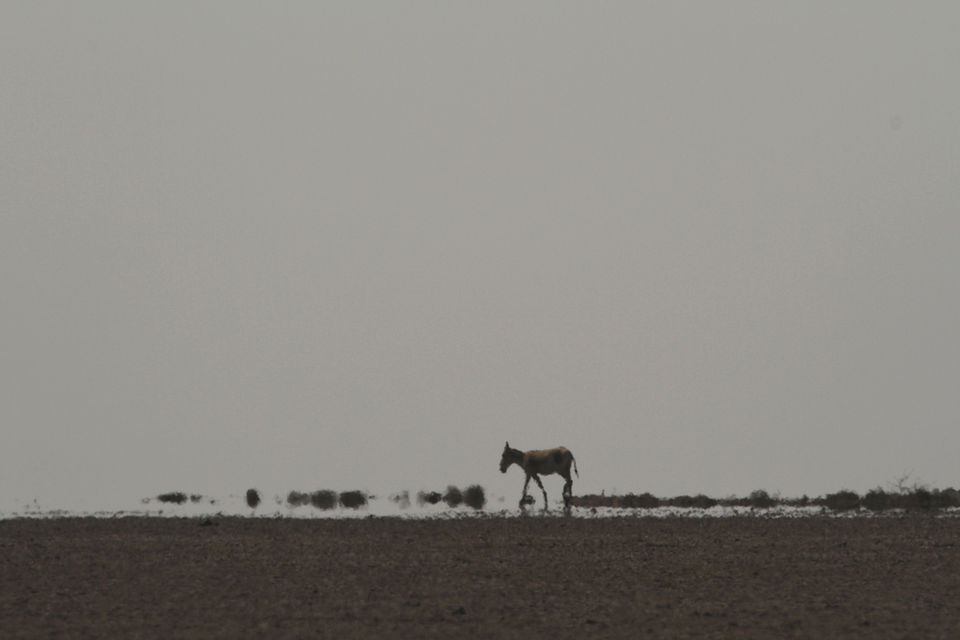
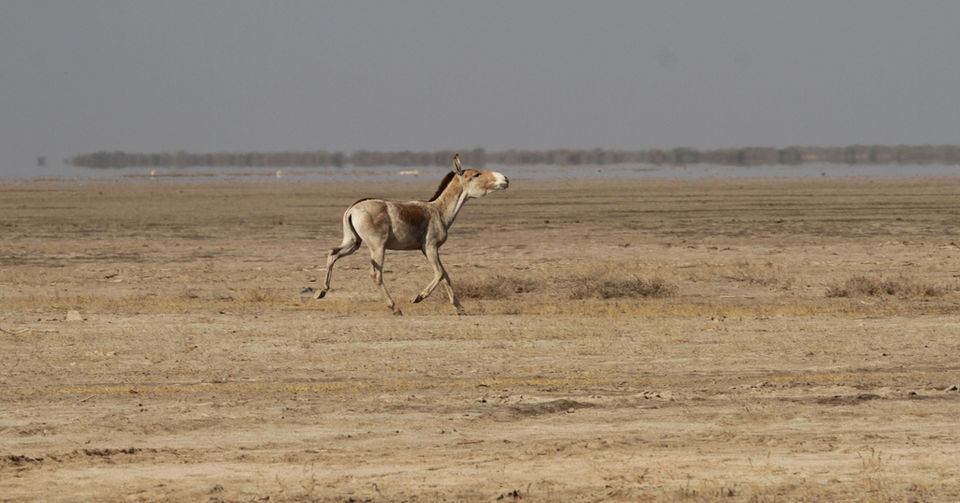
Beauty can be inspiring, it can be relaxing or in the case of the Rann of Kachchh, it can be haunting. A dry and desolate landscape that extends beyond the eyes can see, unimaginably hot in the summer months, and apart from the wind rustling against the dry ground, quiet during the day. This land is unmistakably cruel to live in, for animals and humans alike, but for strange eyes that see it for the first time, it is an assault on the senses.
The Little Rann of Kuchchh was a shallow of the Arabian Sea, actually a part of the ocean, but which now because of changes in the land has become dry, only to fill up with water during the monsoon months. And then it dries up again to become a salt marsh, a feature of the land that the people here base their livelihoods on, on salt panning to process large quantities of salt. This repeated drying of the earth is what gives the Rann its distinctive parched, wrinkled look. But as parched and lifeless it may appear, especially under the overhead sun, the Rann plays home to a startling array of life that can sometimes explode around you.
As soon as the sun begins to dip into the horizons, the birds that lay quiet during the day, pipe up, and take flight from their shelter in the wetlands of the Rann. Even during the day, if one is lucky one can see Wild Asses, blackbucks, gazelles and Nilgai. No wonder that the Little Rann of Kachchh is the territory of India’s largest sanctuary, the Indian Wild Ass Sanctuary spans over 5000 square kilometers of this stark land.
We entered the sanctuary from Dhrangadhra, and although one can enter from the other surrounding areas too. Around Dhrangadhra, apart from the sanctuary there are numerous places one can visit, so it becomes a road trip that encompasses wildlife, people and history. So when you do plan a trip to the little Rann of Kachchh, make sure you travel to the surrounding places too. The best time to go here is in the winter, because of the weather and also the Rann Mahotsav that is organized by the Gujarat Government in the months of December and January. The Mahotsav is organized to coincide with the festival of Shivratri when it is celebrate here in Gujarat, and the festivities of music and dance bring out a life of color and joy in the desert. Nevertheless, even during other times, though this culture may not be spilling over like it does during the Mahotsav, one can see it reflected in the everyday life too. One can see obviously the elements of Rajput history, but also the culture of the nomadic tribes like the Rabari who inhabit Kachchh.


